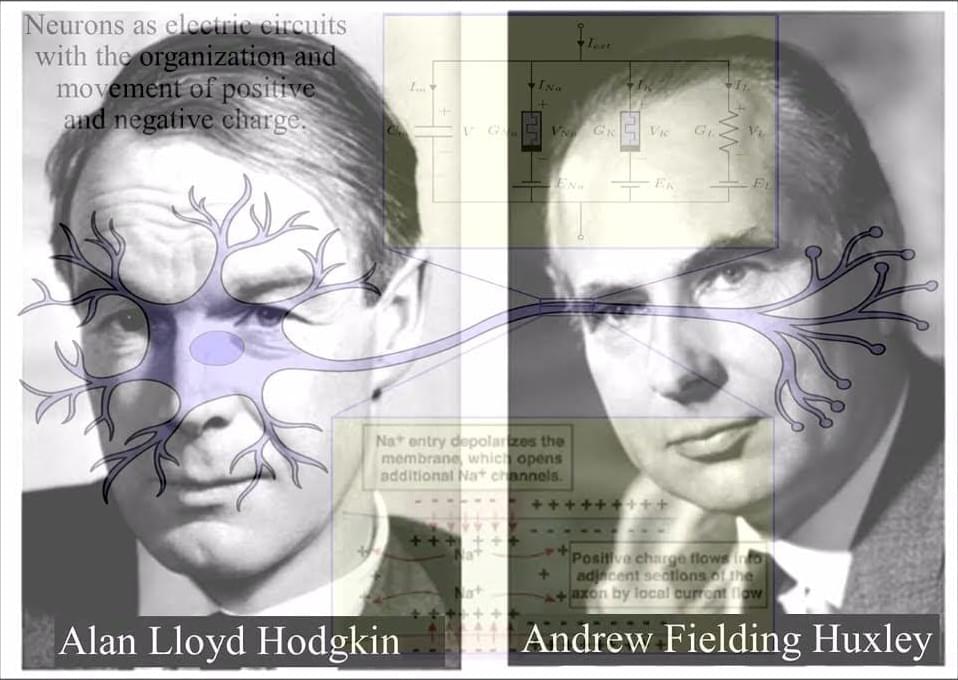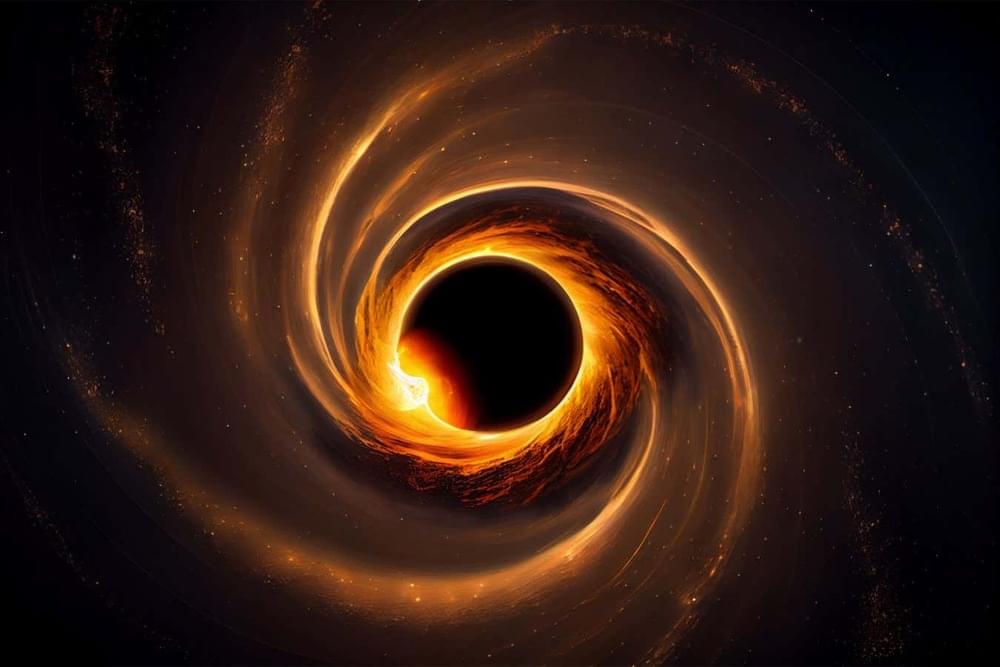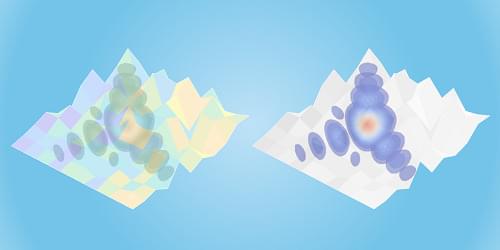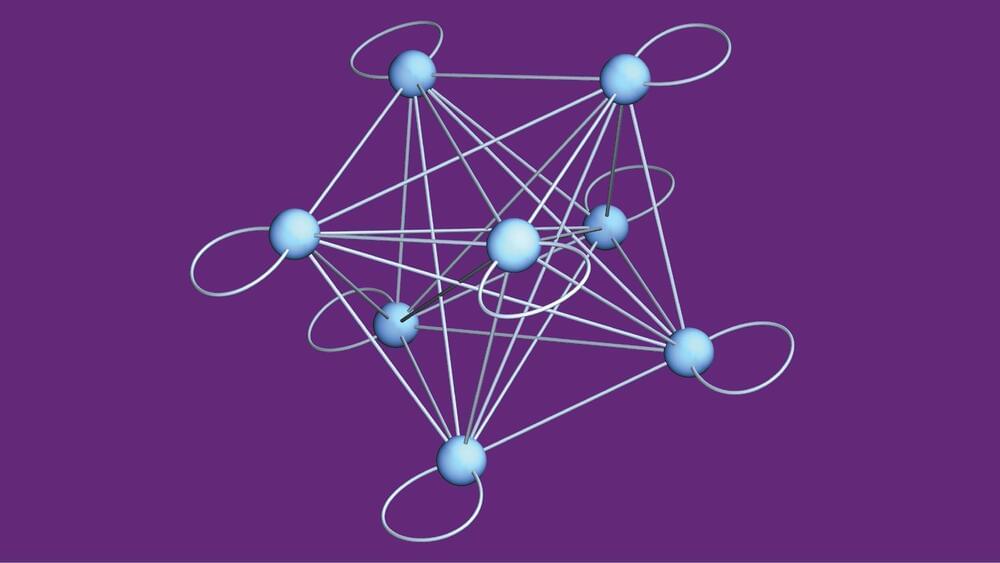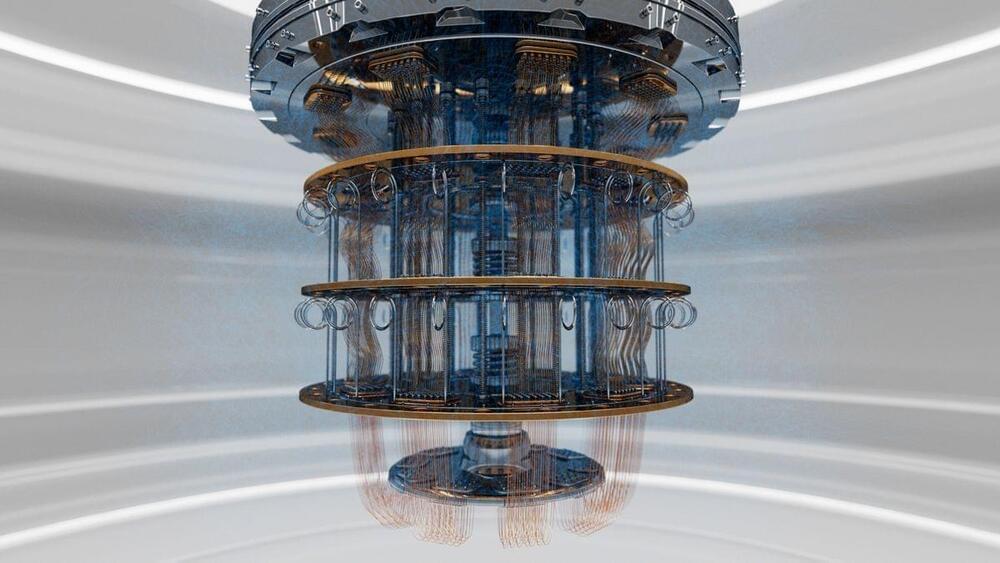Apr 6, 2024
What is Consciousness Hodgkin and Huxley Neuron model as a universal process of energy exchange
Posted by Dan Breeden in categories: neuroscience, particle physics, quantum physics
Diagram of Neuron and Microtubules Reference video:
I would like to dedicate this video on Hodgkin and Huxley model of Neurons. That basically explains Neurons as electric circuits with the organization and movement of positive and negative charge. The positive and negative is in the form of ion atoms. The neuron membrane acts as a boundary separating charge with ionic gates embedded in the cell membrane forming the potential for the build-up and movement of ion charge. This process can form signals along the neurons with the potential difference across the cell membrane forming what is called an action potential.
The big question is how can this process of electrical activity form consciousness?
To answer this question we have to look deeper into the process.
When we do this, we find that the movement or action of charged particles like ions emit photon ∆E=hf energy.
